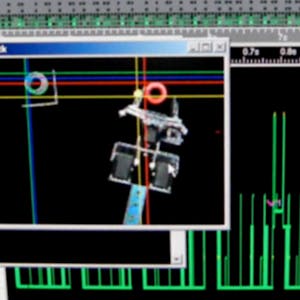Blender to Unreal Engine - 3D Plants and Vegetation
About this Specialization
Dive into the art of 3D vegetation creation with this all-encompassing course, perfect for both aspiring and experienced 3D artists. Start by mastering essential Blender tools, from workspace setup to the basics of 3D modeling. As you advance, you\'ll tackle complex techniques for modeling and texturing a variety of foliage, such as shrubs, grass, and flowers. Each lesson is designed to solidify your skills in creating realistic and stylized plants, ready to enhance any 3D environment.\\n\\nAfter perfecting your vegetation in Blender, transition to Unreal Engine 5 to optimize your models for a smooth workflow. This part of the course delves into material creation, asset importation, and environmental integration. Gain practical experience in setting up dynamic wind systems and fine-tuning vegetation for heightened scene realism. By course end, you\'ll have a fully animated, high-quality foliage environment ready for rendering and video production.\\n\\nThis course empowers you not just to follow along but to grasp the principles behind each step, boosting your confidence to undertake unique projects. Whether crafting game environments, animations, or architectural visualizations, the skills you learn here will be invaluable.\\n\\nThis course is ideal for 3D artists, game developers, and environment designers with a basic understanding of Blender. Familiarity with Unreal Engine 5 is helpful but not required, as the course covers essential aspects of the software.Created by: Packt

Related Online Courses
The Budgeting Essentials and Development course focus on an integrative and practical view of concepts, methods, and techniques to develop a budget. After finishing this course, learners will be... more
The Real-Time Embedded Systems specialization is a series of four course taking you from a beginning practitioner, to a more advanced real-time system analyst and designer. Knowledge and experience... more
All about practical programming and creating IoTs applications! In this course, we will talk about two components of a cyber-physical system, namely hardware and operating systems. After completing... more
After a brief introduction, this course will first explain hedging, and how one might use hedging as a risk management tool. Then the course will look at both Commodity Hedging and Currency Risk... more
This course provides an introduction to data center networking technologies, more specifically software-defined networking. It covers the history behind SDN, description of networks in... more







